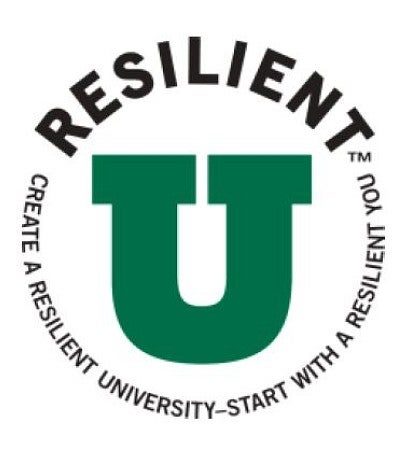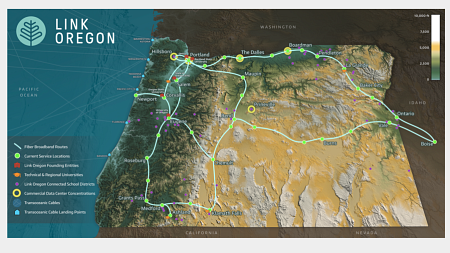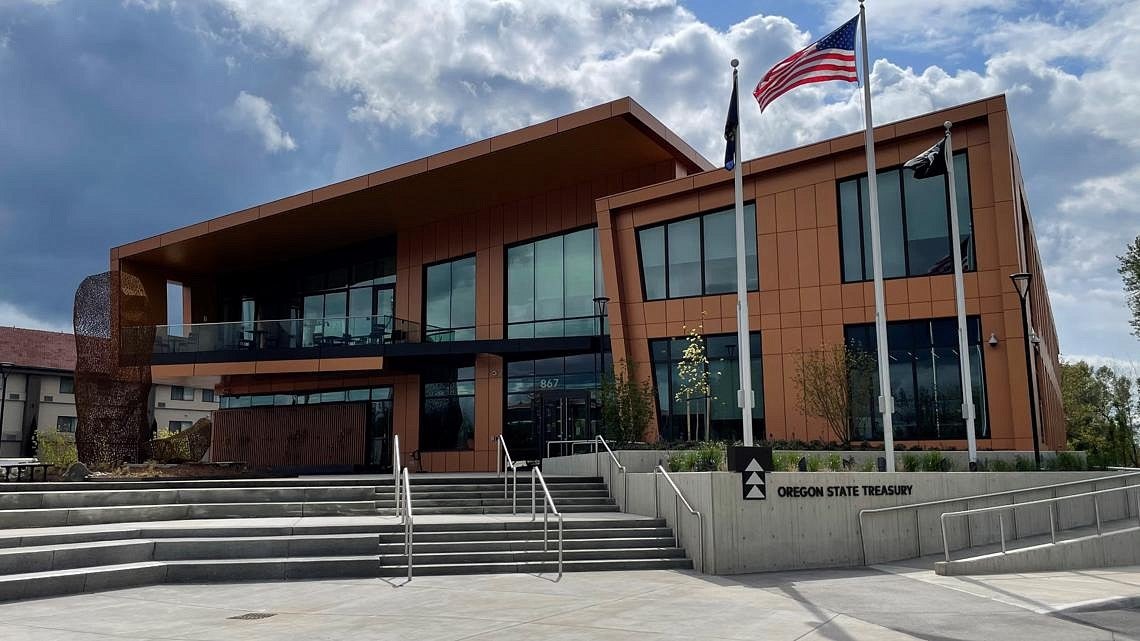The following proposal is to secure funding to construct a Regional Resiliency Building (RRB) as a hub for public safety communication systems, middle-mile network connectivity, and an emergency operation center serving the southern Willamette Valley and Southern Oregon.
Resilience is a strategic capability, and the RRB is a step toward making our region and Oregon disaster resilient and future ready.
Overview - Proposed Assets - Current Partners - Estimate Costs - Resilience Building Example
Overview

Oregon Seismic Safety Advisory Commission
February 2013
The Regional Resiliency Building (RRB) proposal is to develop a seismically resilient building at the University of Oregon's Eugene campus capable of withstanding a Cascadia Subduction Zone 9.0 earthquake. The state-of-the-art building would house critical communications and network infrastructure that support Lane County and Southern Oregon. In addition, the RRB would house vital public safety and utility communication systems and serve as a regional emergency communication center.
Currently these critical assets are house in facilities designed and constructed before the seismic design standards that reflect the current state of knowledge of regional seismicity were established.
Our communications and network systems depend highly on resources such as power, transportation, and skilled labor to remain operational. The concept of the RRB is to house critical functions in a purpose-built shared facility. Safeguarding systems ensures that post-Cascadia earthquake, the region has vital communications and network assets required for a long recovery while also providing the day-to-day operations of communications and network backbone for the region's economy and public safety systems.
Housed on the UO Eugene campus, the RRB would be a regional demonstration project to show how to align seismically resilient design with sustainable cross-laminated timber materials to produce disaster-resilient, future-ready buildings for Oregon and the Pacific Northwest.
Proposed Assets to be located at the Regional Resiliency Building
- Regional Network Interconnect1
- Emergency controls center for the University Power Plant and Eugene Water and Electric Board systems
- 24/7 Integrated Operations Center and Safety and Risk Services, University of Oregon
- Regional and Local Emergency Coordination Center
- Secondary Public Safety Answering Point (PSAP) for Lane County and University of Oregon
- Data Systems for ShakeAlert and AlertWildfire, Oregon Hazards Lab
Current Partners
- Eugene Springfield Fire Department
- Eugene Water and Electric Board
- Lane County
- Lane Council of Governments
- Link Oregon
- University of Oregon


Executive Director, Link Oregon
Estimate Costs
Estimated construction costs for a 30,000-40,000 square foot building is $35 - $46 million dollars.2
Once constructed RRB's operation cost can be offset by communication system lease agreements with both public and private partners.
Example of a Resilience Building in Oregon
Oregon Treasury Resilience Building
The Treasury Resilience Building is the first USRC Platinum-rated building in Oregon and the first USRC-rated seismically isolated building in the United States. It not only achieves a USRC Platinum rating at the design-basis earthquake (as required by the USRC methodology) but also at the Risk-Targeted Maximum Considered Earthquake (MCER) as a result of the seismic isolation system.
- U.S. Resiliency Council, 2022

Protecting our Public Safety Communications Systems, Economy, and Environment
The RRB would be the first of what we hope would be a continued investment in protecting critical infrastructure statewide, ensuring our 24/7 public safety systems are disaster resilient and future ready. Oregon has an opportunity to serve as a national leader in disaster resilience and adaptive change. The RRB proposal is an example of active partnerships linking, leveraging, and aligning resources for a shared mission of protecting the public and future economy of the state.
- Public and private partners served by the current network interconnect at UO: 4J School District; City of Eugene; Comcast; Douglas Fast Net; Eugene Water and Electric Board; Hunter Communications; Lane County; Lane Education Service District; Lane Transit District; Link Oregon; Lumen/CenturyLink; PeaceHealth; Peak Internet; State of Oregon – Department of Administrative Services; Zayo
- Estimated costs based on Oregon Treasury Resiliency Building competed in Spring of 2022 at roughly $1145 per sf.
